When it comes to the magnificent spectacle of bird migration, the Pacific Flyway has long stood in the shadow of its more celebrated counterparts. Stretching from the Arctic regions of Alaska and Canada to the southern tip of South America, this aerial highway serves as a crucial corridor for millions of birds each year. Yet despite its ecological significance and breathtaking displays, the Pacific Flyway remains surprisingly underappreciated. As we look toward 2025, conservation experts, ornithologists, and birdwatchers are beginning to recognize that this western migration route deserves far more attention and protection than it currently receives. From its unparalleled diversity of habitats to the extraordinary journeys of its avian travelers, the Pacific Flyway offers a uniquely compelling story of natural resilience and beauty that may finally get its due recognition in the coming year.
The Geographic Marvel of the Pacific Flyway
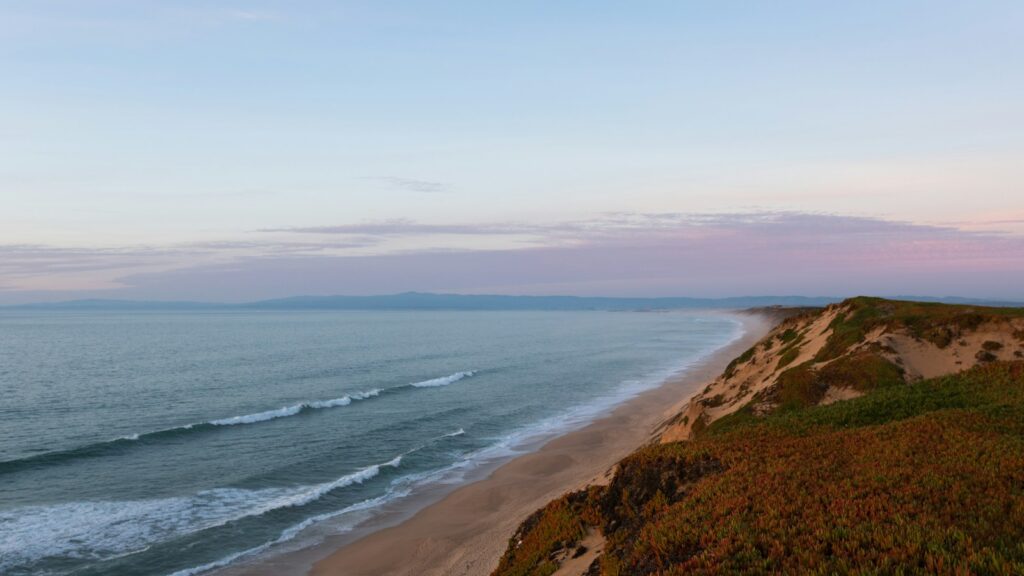
The Pacific Flyway spans an impressive 4,000-mile stretch, making it one of the longest migration corridors in the Western Hemisphere. This extensive route encompasses a remarkable diversity of landscapes, from Arctic tundra and boreal forests in the north to tropical rainforests and coastal wetlands in the south. What makes the Flyway particularly special is how it hugs the Pacific coastline, creating a relatively narrow corridor that concentrates bird movements in spectacular numbers at certain bottleneck locations. The geographic continuity of this route has evolved over thousands of years, shaped by mountain ranges, river valleys, and coastal features that provide natural guidance systems for migrating birds. Unlike some other flyways that have been more severely fragmented by development, substantial portions of the Pacific Flyway still maintain their ecological integrity despite growing threats.
Unmatched Biodiversity Among Migratory Routes
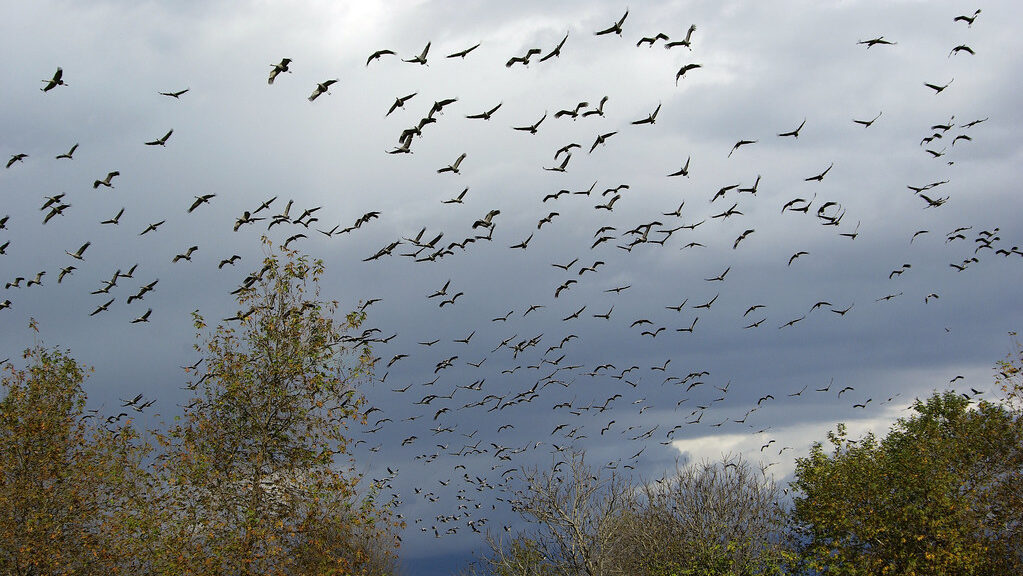
One of the Pacific Flyway’s most underappreciated qualities is its extraordinary biodiversity, with over 350 bird species utilizing this corridor during their annual migrations. From tiny rufous hummingbirds weighing just a few grams to majestic tundra swans spanning six feet across, the diversity of birds is unmatched by any other North American flyway. The route supports not only waterfowl and shorebirds but also significant populations of raptors, songbirds, and even seabirds that follow the coastline during their seasonal movements. Recent studies have documented previously unknown migration patterns of several species that were once thought to travel along different routes, further enhancing our understanding of the Flyway’s importance. This remarkable concentration of species makes the Pacific Flyway a living laboratory for studying evolutionary adaptations to migration and climate change responses, attracting increasing scientific interest as we approach 2025.
Critical Stopover Sites Facing Unprecedented Challenges
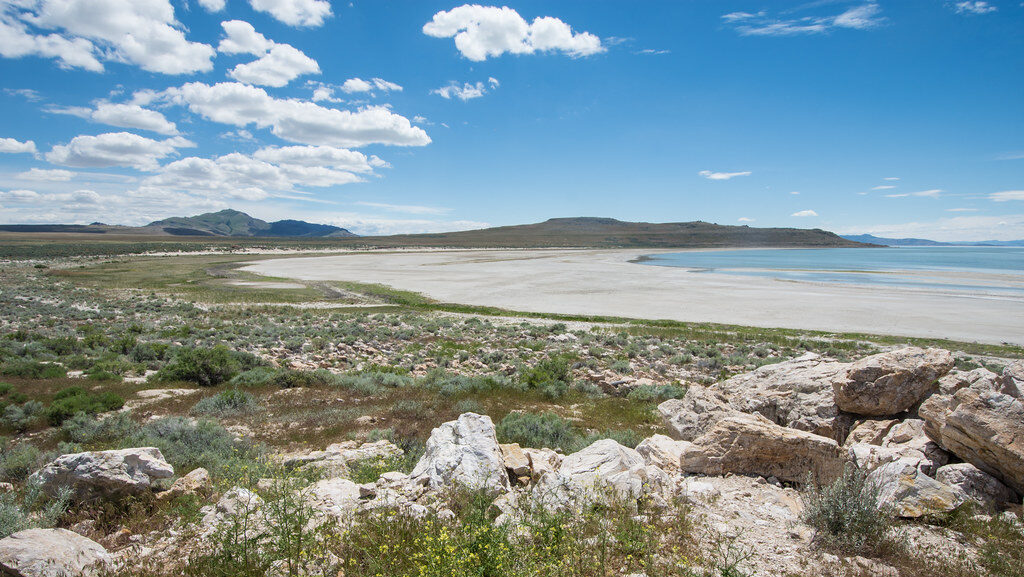
The Pacific Flyway’s network of stopover sites represents some of the most important yet threatened habitats in North America. Key wetlands like California’s Central Valley, the Great Salt Lake in Utah, and Mexico’s Colorado River Delta serve as critical refueling stations where birds rest and replenish energy reserves during their grueling journeys. These sites face mounting threats from water diversion, agricultural development, urban expansion, and climate change impacts that are rapidly altering these essential ecosystems. The Great Salt Lake, for example, has lost over 70% of its water volume in recent decades, endangering the millions of birds that depend on its shallow waters and surrounding marshes. Conservation initiatives targeting these stopover sites are gaining momentum as researchers document the catastrophic potential of their loss, making 2025 a potential turning point for protection efforts along the Flyway.
The Remarkable Journeys of Pacific Flyway Birds
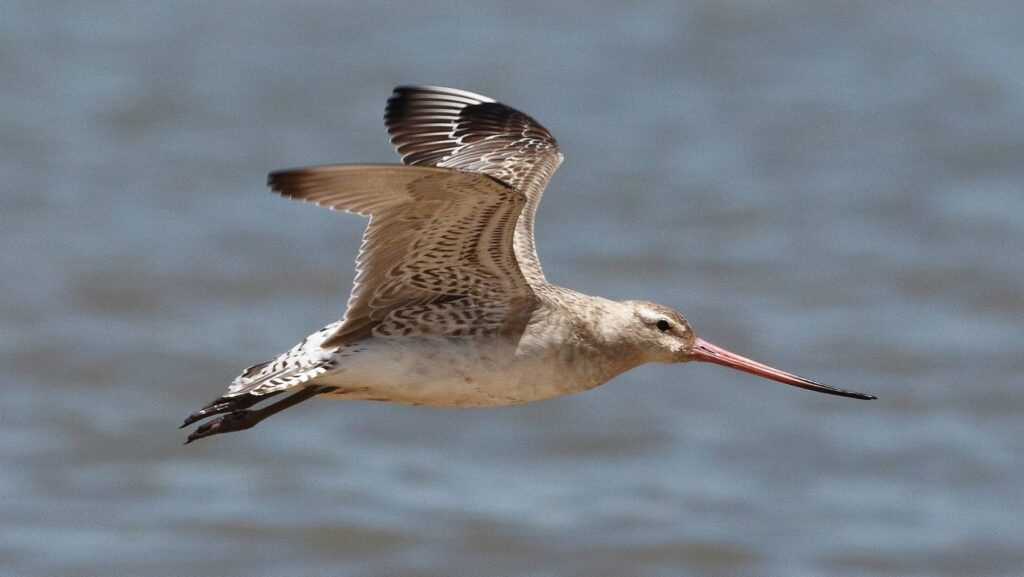
The migrations undertaken by Pacific Flyway birds represent some of the most extraordinary feats in the natural world, yet remain surprisingly unknown to the general public. The bar-tailed godwit, for instance, makes the longest non-stop flight of any bird, traveling over 7,000 miles from Alaska to New Zealand without a single break for food or rest. Western sandpipers, tiny shorebirds weighing less than an ounce, navigate the entire length of the flyway twice annually, covering distances equivalent to flying around the Earth’s equator during their lifetime. Swainson’s hawks gather in spectacular groups of thousands as they migrate through Central America, creating tornado-like formations called “kettles” that astound witnesses. These epic journeys are becoming better documented through modern tracking technology, revealing migration stories that are capturing public imagination and highlighting the Flyway’s importance as we look toward 2025.
Indigenous Knowledge and Cultural Connections
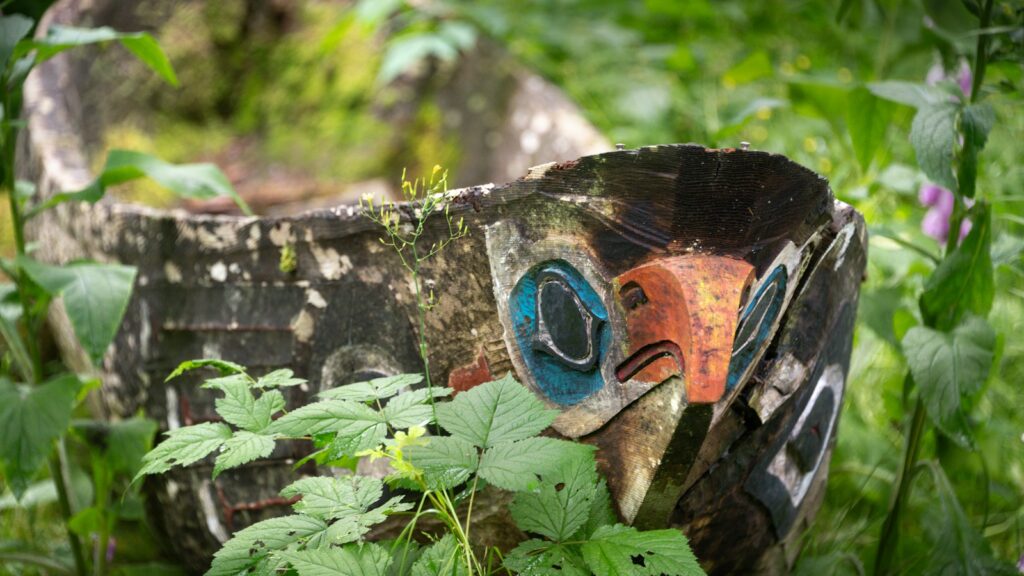
Throughout the Pacific Flyway, Indigenous peoples have developed profound cultural connections to migratory birds over thousands of years. From the Tlingit and Haida in Alaska to the Seri in Mexico, dozens of Indigenous nations have incorporated migratory birds into their traditional ecological knowledge, spiritual practices, hunting traditions, and cultural identities. Many tribal communities have monitoring programs that represent some of the longest-running bird observation records in existence, predating Western scientific studies by centuries. These Indigenous perspectives offer invaluable insights into historical population trends and habitat changes that cannot be found in conventional scientific literature. As conservation efforts intensify along the Flyway, partnerships between Indigenous knowledge holders and scientific researchers are creating more holistic approaches to bird protection that honor cultural connections while addressing contemporary threats, a collaboration model gaining recognition as we approach 2025.
Climate Change Impacts Reshaping Migration Patterns
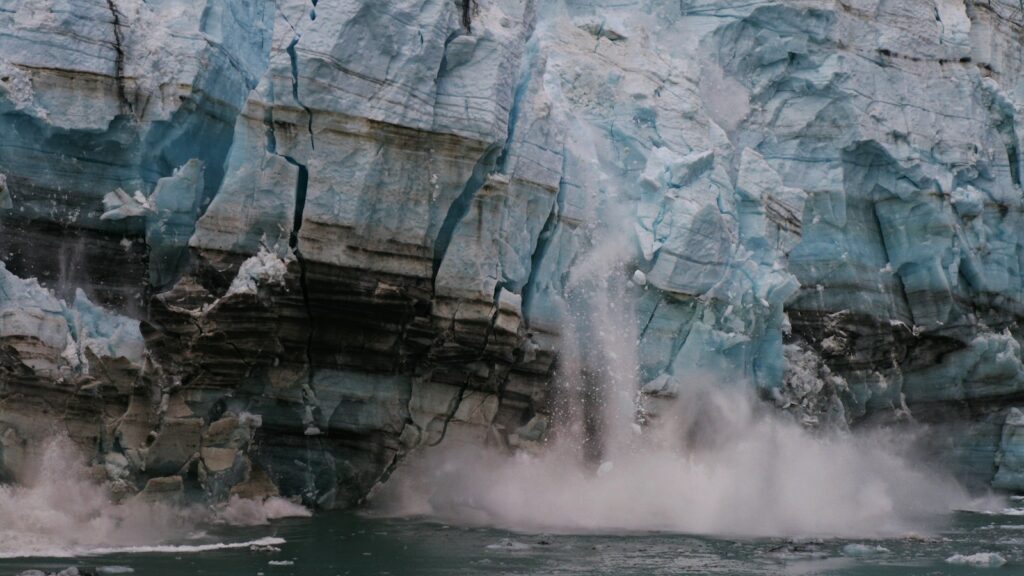
Climate change is dramatically altering the Pacific Flyway in ways that make it increasingly crucial to scientific understanding of global warming impacts on wildlife. Shifting precipitation patterns are changing the availability of wetland habitats, while warming temperatures are causing mismatches between bird arrival times and the emergence of their food sources. Long-term studies reveal that some species are adjusting their migration timing by as much as two weeks compared to historical patterns, while others show concerning failures to adapt. The Flyway’s north-south orientation spans numerous climate zones, making it an ideal natural laboratory for studying how birds respond to changing conditions across diverse environments. Recent modeling suggests that by 2025, we may witness unprecedented shifts in migration timing and routes that could serve as early warning indicators of broader ecosystem changes, placing the Pacific Flyway at the center of climate research efforts.
Technological Breakthroughs Revealing Hidden Secrets
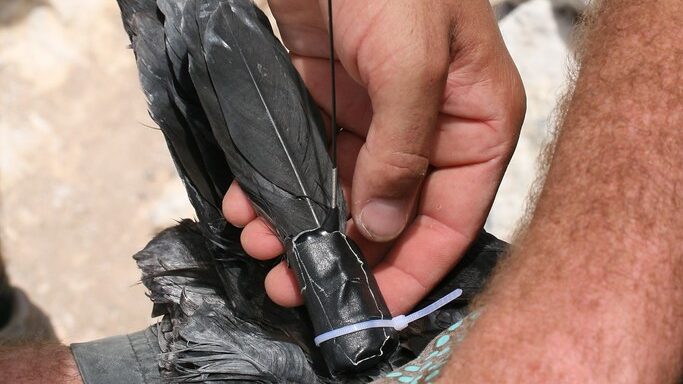
Cutting-edge tracking technology is revolutionizing our understanding of the Pacific Flyway, uncovering migration mysteries that have remained hidden for centuries. Miniaturized GPS transmitters weighing less than a paperclip now allow researchers to track even small songbirds throughout their entire migration journey, revealing precise routes, stopover locations, and travel speeds with unprecedented detail. Automated radio telemetry networks like the Motus Wildlife Tracking System have established hundreds of receiver stations along the Flyway that detect tagged birds as they pass, creating a collaborative monitoring system spanning international borders. Advanced radar ornithology is documenting mass migration events, showing that millions of birds move along the Flyway on single nights during peak seasons. These technological innovations are generating enormous datasets that, by 2025, promise to transform our understanding of migration dynamics and highlight the Pacific Flyway’s significance as never before.
Economic Value of Flyway Conservation
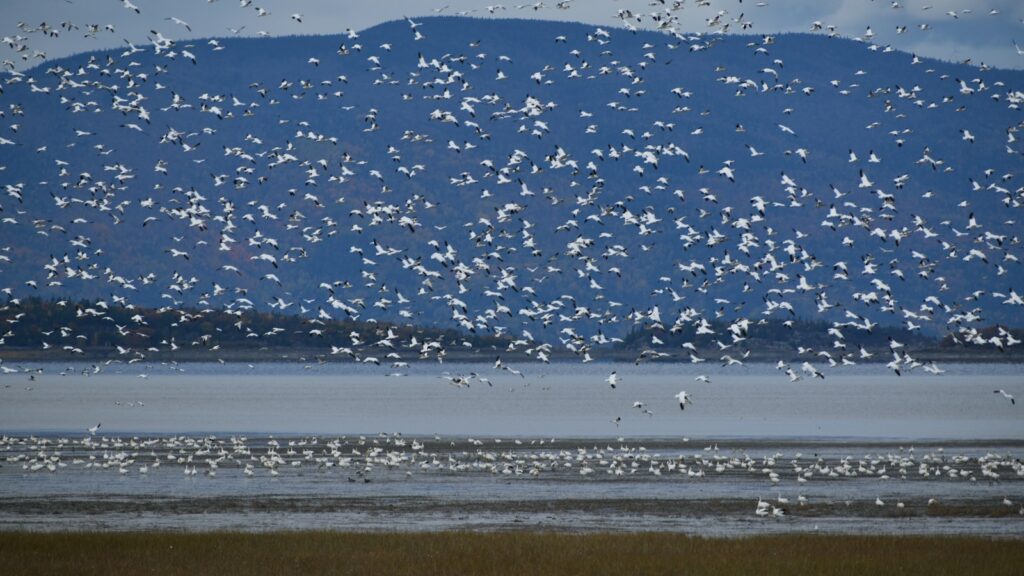
The economic importance of the Pacific Flyway is substantially undervalued in current conservation frameworks but is gaining recognition as we approach 2025. Recent economic analyses estimate that bird-related tourism along the Flyway generates over $36 billion annually in direct and indirect spending, supporting thousands of jobs in rural communities that serve as birding destinations. Agricultural benefits from birds consuming crop pests represent savings of millions of dollars for farmers operating near key habitats along the route. Ecosystem services provided by birds, such as seed dispersal and insect control, contribute significant but often uncalculated economic value to forests and other natural systems throughout the Flyway. As economic valuation techniques improve, the full financial significance of the Pacific Flyway is becoming clearer, creating compelling arguments for conservation that appeal to policymakers and businesses beyond traditional environmental audiences.
International Cooperation Efforts Gaining Momentum
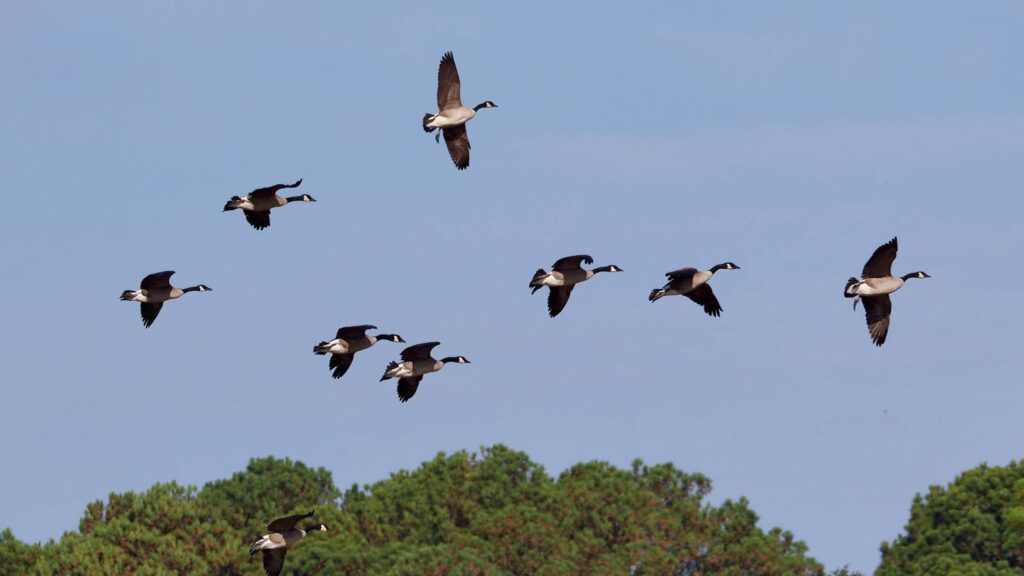
The Pacific Flyway traverses borders of at least 13 countries, making international cooperation essential for effective conservation. Emerging diplomatic initiatives are building unprecedented collaboration among nations from Canada to Chile, focusing on coordinated habitat protection and shared management strategies. The Western Hemisphere Shorebird Reserve Network has established a chain of protected sites along the Flyway where participating countries commit to managing critical habitats according to common conservation standards. Bilateral agreements between the United States and Mexico are addressing critical water management issues in shared watersheds that affect migratory bird habitats. Research partnerships involving scientists from multiple countries are standardizing monitoring protocols to create compatible data across political boundaries. These international efforts are expected to mature significantly by 2025, potentially establishing the Pacific Flyway as a model for successful transboundary conservation in an era of growing environmental challenges.
Citizen Science Revolutionizing Flyway Monitoring

Citizen science is transforming our knowledge of the Pacific Flyway, with volunteer birdwatchers collecting data at a scale impossible for professional scientists alone. Mobile applications like eBird have enabled ordinary people to contribute millions of bird observations that generate detailed migration maps showing precisely when and where species move along the Flyway throughout the year. Community science projects such as the Christmas Bird Count represent some of the longest-running wildlife surveys in existence, providing invaluable long-term data on population trends across the migration corridor. School-based monitoring programs are engaging thousands of students in tracking local migratory birds, creating educational opportunities while expanding the geographic scope of data collection. By 2025, citizen science initiatives are projected to involve over a million participants along the Pacific Flyway, generating unprecedented datasets that highlight the route’s significance while building public investment in its conservation.
Urban Landscapes as Surprising Flyway Habitats
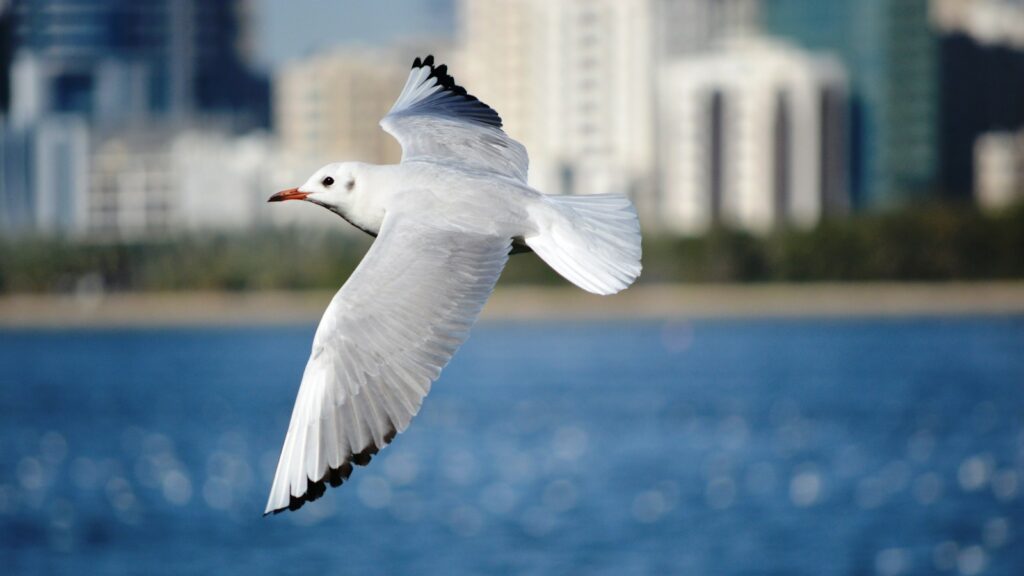
Cities along the Pacific Flyway are increasingly recognized for their unexpected role in supporting migratory birds, challenging traditional views that urban areas are simply migration obstacles. Innovative urban habitat projects in Seattle, San Francisco, Los Angeles, and other metropolitan areas are creating networks of restored wetlands, native plant gardens, and green spaces specifically designed to support migratory species. Building design guidelines that reduce collision risks for migrating birds are being adopted by major cities throughout the Flyway, potentially saving millions of birds annually. Urban wildlife corridors connecting fragmented natural areas are enabling safer passage through developed landscapes that once presented formidable barriers. These city-based conservation efforts are demonstrating that human-dominated landscapes can contribute meaningfully to Flyway health, an approach gaining recognition as a practical necessity given the urbanization patterns along the Pacific coast and a trend likely to accelerate through 2025.
Conservation Success Stories Providing Hope
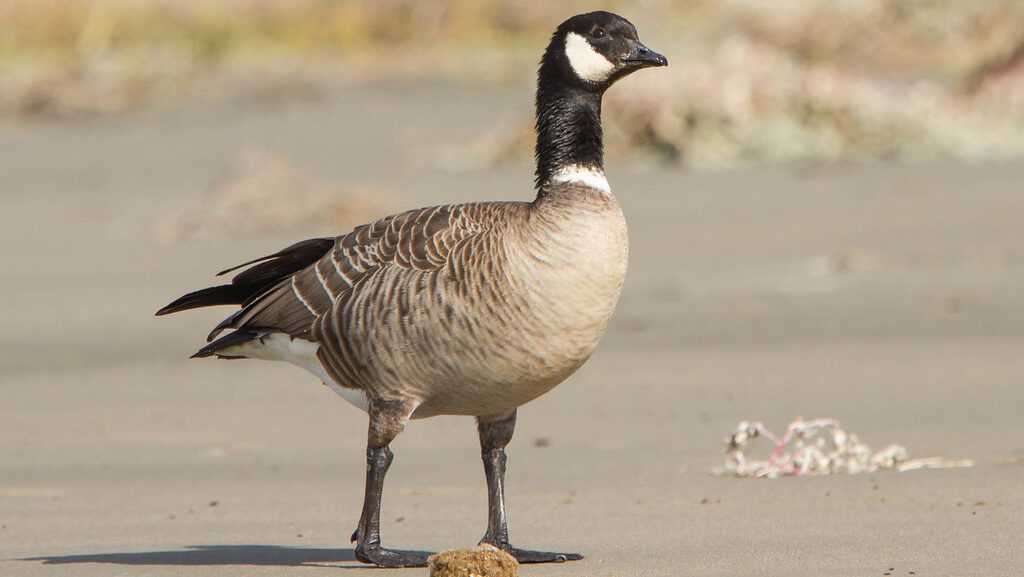
Despite numerous challenges, the Pacific Flyway has witnessed several remarkable conservation successes that demonstrate the potential for recovery when adequate resources are committed. The restoration of California’s Bolsa Chica wetlands transformed degraded oil fields into thriving habitat that now supports over 200 bird species and serves as a crucial stopover for Pacific Flyway migrants. Population recoveries of once-endangered species like the Aleutian cackling goose show that concentrated conservation efforts can reverse seemingly hopeless declines, with numbers increasing from fewer than 800 birds in the 1960s to over 200,000 today. Innovative water management agreements in drought-prone regions are ensuring minimum habitat requirements are met even during water shortages, protecting critical migratory bird needs. These positive examples provide valuable blueprints for addressing remaining challenges and suggest that coordinated conservation efforts could elevate the Pacific Flyway’s status by 2025, transforming it from underrated to appropriately celebrated.
Conclusion
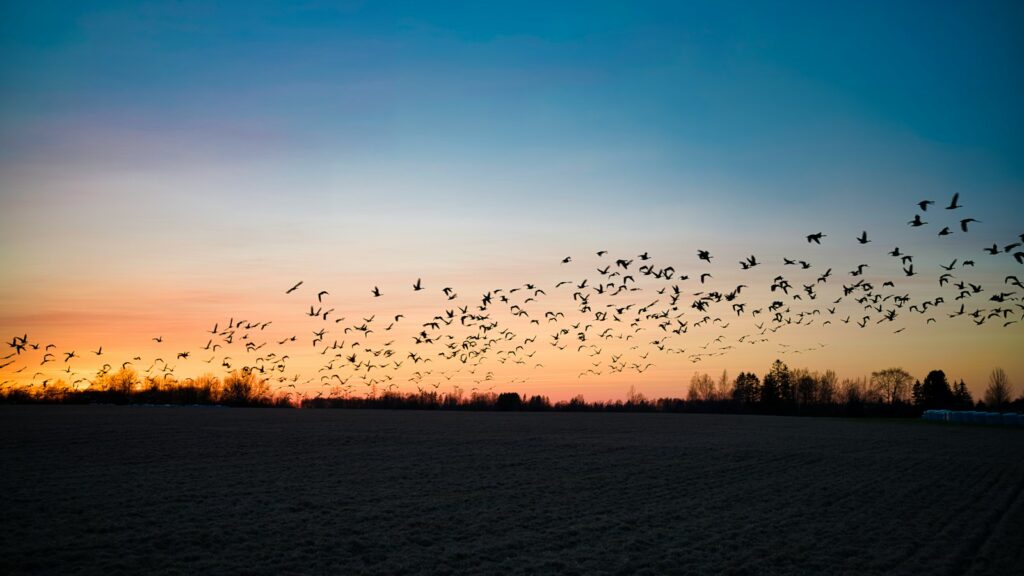
The Pacific Flyway stands at a critical juncture as we approach 2025, poised to receive long-overdue recognition as one of North America’s most extraordinary natural treasures. From the technological breakthroughs revealing migration secrets to the expanding international partnerships protecting critical habitats, multiple factors are converging to elevate this remarkable bird highway in both scientific and public consciousness. The challenges facing the Flyway – habitat loss, climate change, water scarcity, and development pressures – remain substantial, but the growing appreciation for its ecological, economic, and cultural significance provides reason for cautious optimism. As awareness spreads about the remarkable journeys undertaken by millions of birds along this ancient aerial corridor, the Pacific Flyway may finally take its rightful place among the world’s most celebrated wildlife spectacles, transforming from underrated to properly valued and protected for generations to come.
